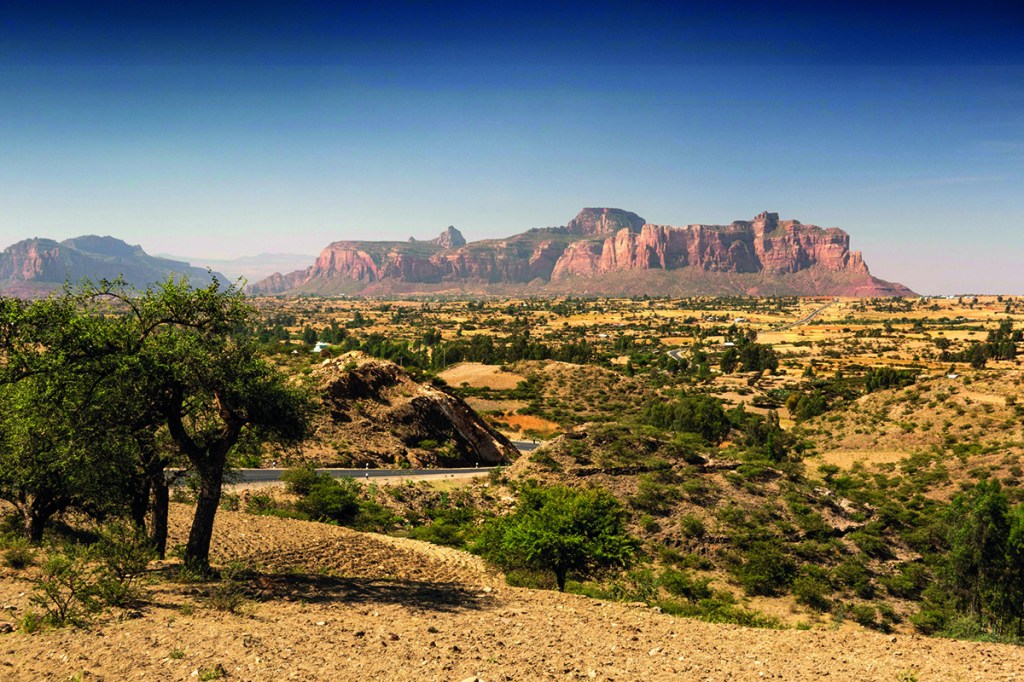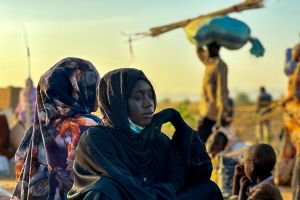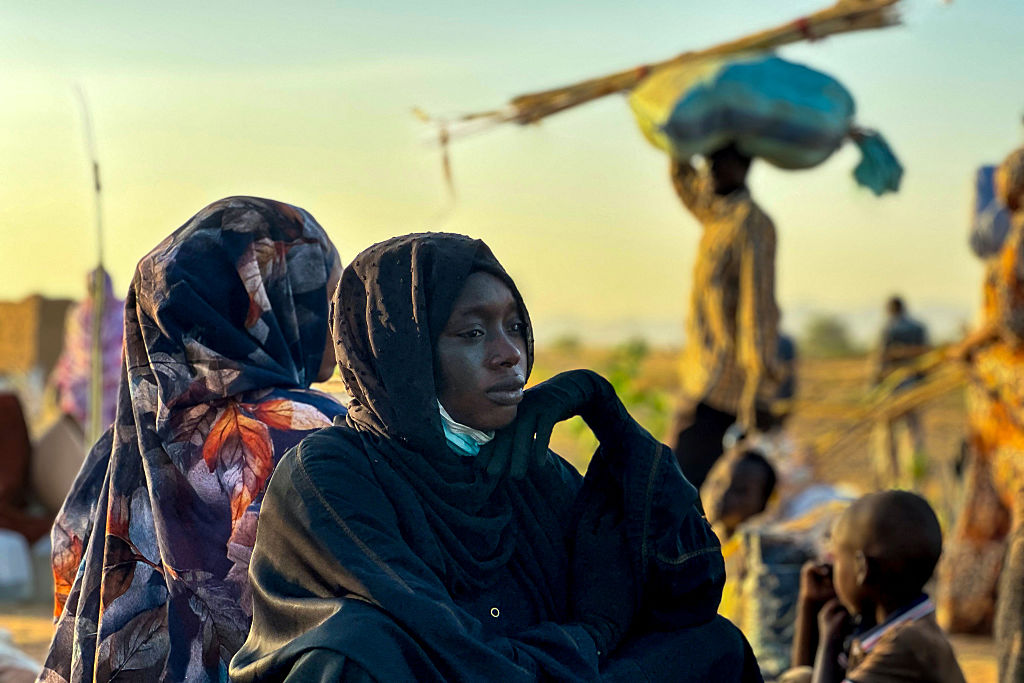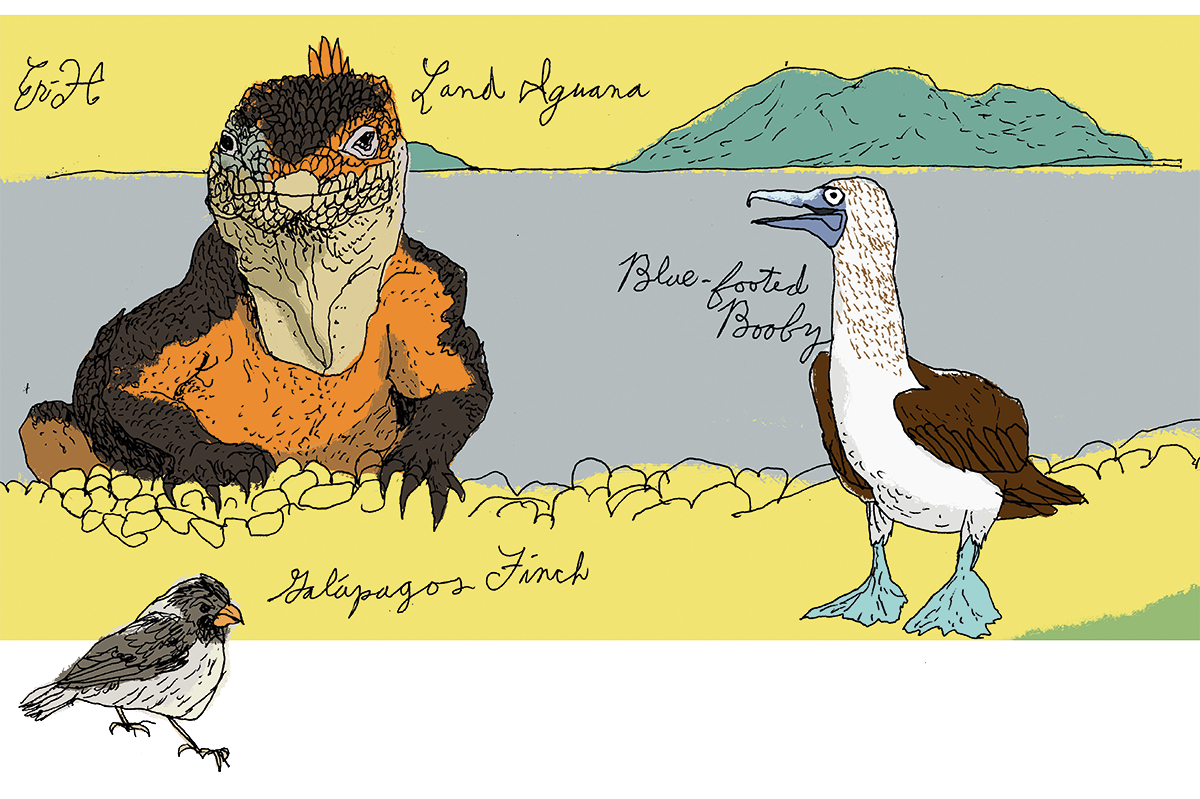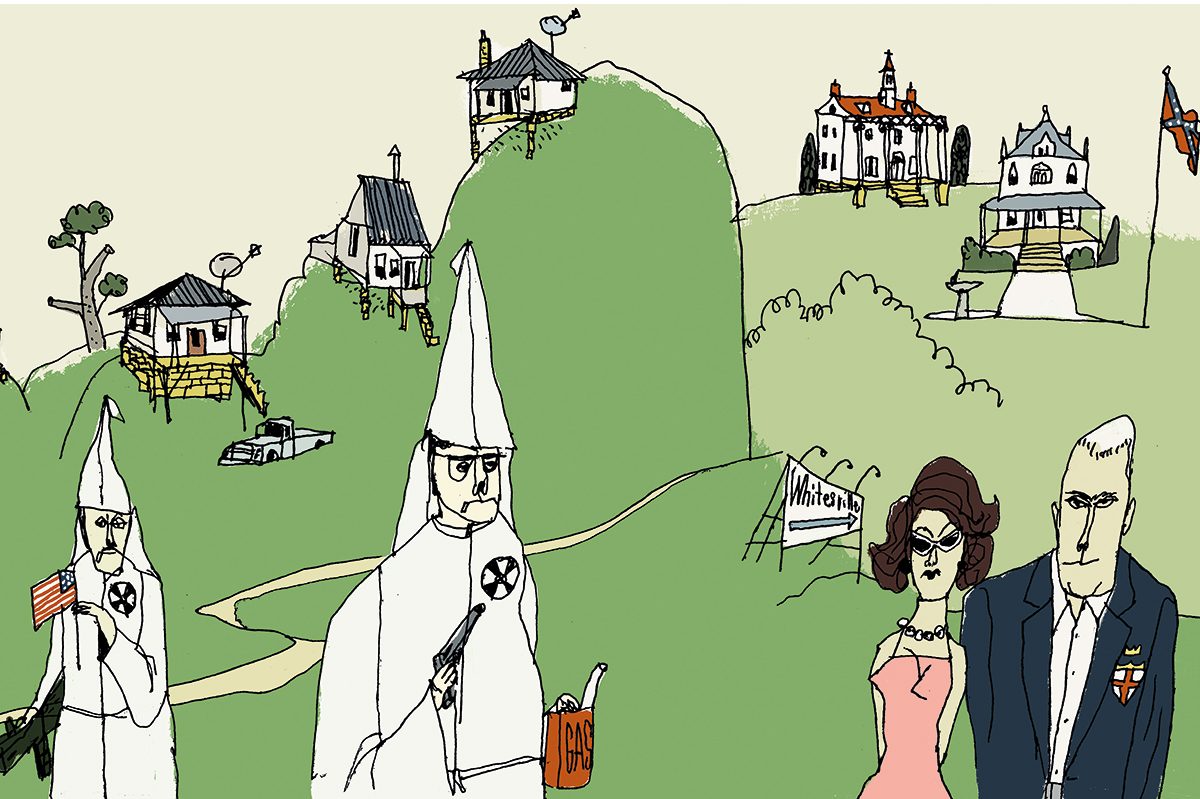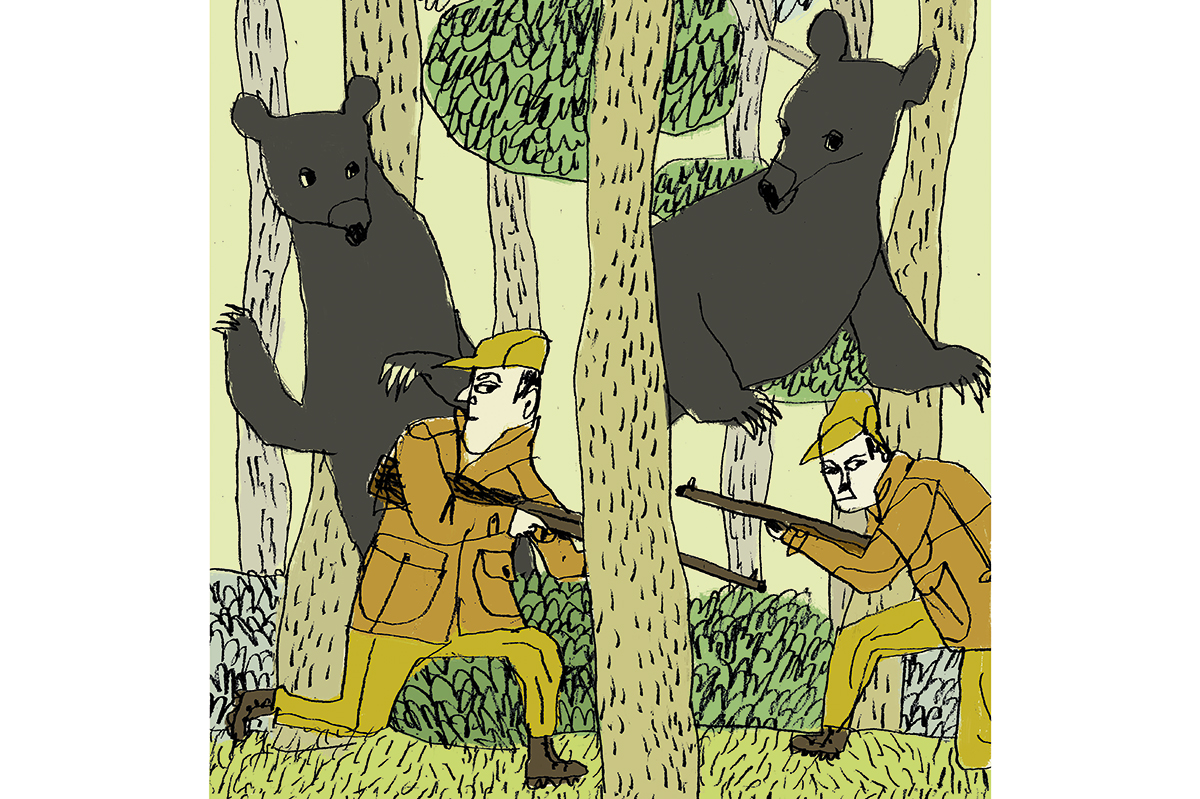Tigray, Ethiopia’s most northerly region, makes its presence felt all the way down in Addis Ababa, about 430 miles to the south. Even before the current fighting, the prettiest beggars in the rambunctious and strangely endearing Ethiopian capital tended to be the Tigrayan single mothers. They made that daunting journey to escape a rural existence that struck me, during my trips around Tigray, as not dissimilar to European life during the Middle Ages.
When I lived in Ethiopia, I reported from all over Tigray on humanitarian projects, tensions with Eritrea and the influx of Eritrean refugees, even on a brave British expat who was trying to establish a milk farm. I developed a soft spot for the Tigrayans’ vigor and friendly boldness, a contrast to the polite but taciturn Amhara people in Addis Ababa. It’s Ethiopia’s equivalent to the ebullient Irishman versus the stiff-upper-lipped Englishman. The two-year-old daughter of the mother who begged on a street near where I lived in Addis personified Tigrayan spirit. Whenever I passed them in their dirty clothes, that wild little imp would be dancing to the music coming from the stores or running around like a dust devil while her mother smiled indulgently.
Last November, Ethiopia’s prime minister Abiy Ahmed launched a military offensive against Tigray’s regional government. Nine months of atrocious conflict followed. Numerous massacres included the killing of hundreds sheltering at the Church of Our Lady Mary of Zion in Axum, a city that was once the hub of the Aksumite Empire, a maritime trading power that at its apogee during the early Christian era was northeastern Africa’s greatest market.
The first time I visited Axum, I made a beeline for Our Lady Mary of Zion. Ethiopian Orthodox Christians claim it houses the Ark of the Covenant. In classic Ethiopian style (understated and underfunded), the church wasn’t much to write home about. The repository of this fabled treasure that has bewitched imaginations and inspired the first and arguably best Indiana Jones film, Raiders of the Lost Ark, was even blander: a small, dome-shaped side chapel guarded by a querulous old monk. My Indiana Jones pretensions deflating, I derived consolation from a nearby field of mysterious-looking and intricately carved memorial obelisks from the third to fourth centuries AD. The largest, some 108 feet long, lies wrecked where it fell, like Ozymandias.
At Adigrat, a key city taken by federal forces as they closed in on the regional capital of Mekelle last November, I got to grips with ti’hilo, Tigray’s answer to Swiss fondue. Barley balls are pierced by twin-pronged carved sticks, dipped in a fiery-looking sauce and placed atop a large plate of injera, a giant gray spongy pancake-like bread whose rubbery surface serves as the platform for most Ethiopian meals. Like most meals in Ethiopia, a ceremony involving a comely young maiden attends this Tigrayan specialty: she sits by your table, rolling little balls of barley between her hands.
Federal troops also took the historic town of Adwa, the scene in 1896 of a climactic battle against the invading Italians, whose defeat made Ethiopia the only African country not to be colonized. The battle became a symbol of pan-Africanism and remains a source of enormous pride to Ethiopians. On its anniversary, I’ve seen drunken Ethiopians in the bars of Addis Ababa becoming so impassioned that foreigners take note of the nearest exit.
And then there is poor Mekelle. Many of its buildings are now pockmarked by bullets or smashed by artillery. Once lovely to visit, Mekelle’s wide, palm-lined avenues and cobbled central area of cafés and frisky bars had the feel of a laidback Mediterranean oasis. Its people embodied Garrison Keillor’s famous opening to his Prairie Home Companion radio show: ‘Welcome to Lake Wobegon, where all the women are strong, all the men are good-looking, and all the children are above average.’ Those Tigray women! So stylish and bold in delicate, ankle-length white dresses with brightly embroidered patterns down the center and edges, set off by gold jewelry, hair tightly braided from the forehead in neat parallel lines that frizz out explosively beneath a white netela shawl.
Not forgetting Tigray’s topography, let me tout the haunting mesas, intimidating escarpments and barren valleys that during antiquity helped keep out foreign intruders and meant, in the words of Edward Gibbon, that ‘the Ethiopians slept near a thousand years, forgetful of the world, by whom they were forgotten’. Amid those cliff-top monasteries and rock-hewn churches I once visited there have now been further scenes of massacre. This formidable landscape, which provides endless mountain redoubts for the Tigrayan resistance, cannot be underestimated. Tigrayan forces have lately taken back the region. Having had my own crack at dealing with insurgencies in Iraq and Afghanistan, I wouldn’t envy anyone fighting in that terrain against a tenacious, vigorous people defending their beloved homeland. But who knows what comes next?
This article was originally published in The Spectator’s November 2021 World edition.



